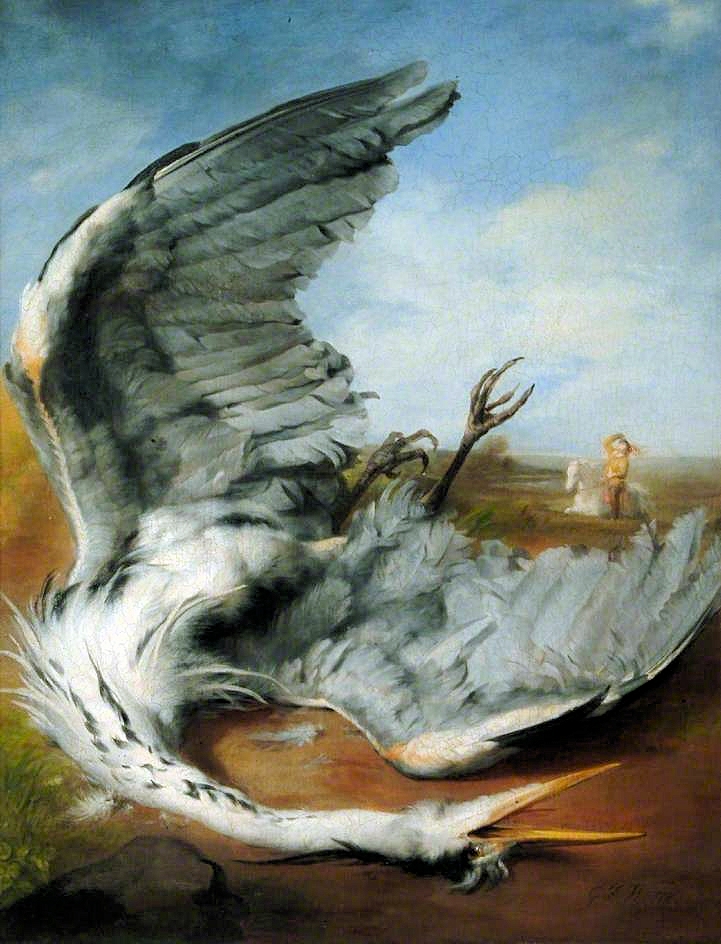JANE EYRE and “Poor Orphan Child”

One thing that struck me when I re-read Jane Eyre just before beginning to write the play, was a ballad that Bessie–a servant of Aunt Reed, and Jane’s nurse of sorts–sang to the young girl at a time when Jane had been especially mistreated. Oddly enough, though I had read the book a score of times before, I had no recollection of reading the lyrics to that song previously! I find it true in all my reading, that different aspects and scenes of a book will speak to us at different times in our lives. This is one

reason I relish the chance to revisit a favorite book after a few years.
I hunted online to see whether “The Poor Orphan Child” was an actual ballad of the time (popular folk ballads were printed as cheap sheet music and sold on street corners or shops).
All evidence points to Charlotte Bronte herself as the author of the lyrics. Whether she had a melody in mind when she wrote them is anybody’s guess, as no tune is listed. But the words were quite evocative to me, and I found myself compelled to write a melody for them. The result will be heard in the opening moments of the play. Although the song’s origin (and singer) are not explained in the context of the play, they have a mournful quality which is appropriate to Jane’s orphan state. Indeed, orphans are a recurring theme, since not only Jane but Adele is (possibly) parentless; the school where Jane teaches later in the story also includes orphans (notably little Alice, Jane’s attendant). Not only children but adults are without parents: Rochester’s father died when he was a young man (no mention is made of his mother); the Rivers siblings have lost their parents.

